
Exploring Hazard Class 4.2
Have you ever heard of the phenomenon of spontaneous combustion?
Hazard Class 4.2 in the United States is for “Spontaneously Combustible Materials.” The regulations governing the transportation of hazardous materials, including those falling under Class 4.2, are outlined in Title 49 of the Code of Federal Regulations (CFR), specifically in Parts 171 through 180.
Section 173.124 specifically deals with the classification criteria and assignment of packing groups for spontaneously combustible materials.
A spontaneously combustible material meets the following criteria:
A pyrophoric material. A pyrophoric material is a liquid or solid that, even in small quantities and without an external ignition source, can ignite within five (5) minutes after coming in contact with air when tested according to the UN Manual of Tests and Criteria.
Self-heating material. A self-heating material is a material that generates heat through the gradual reaction of that substance with oxygen (in air). If the heat production rate exceeds the heat loss rate, then the substance’s temperature will rise, which, after an induction time, may lead to self-ignition and combustion. A material of this type that exhibits spontaneous ignition or if the temperature of the sample exceeds 200 °C (392 °F) during the 24-hour test period when tested in accordance with the UN Manual of Tests and Criteria (IBR; see § 171.7 of this subchapter), is classed as a Division 4.2 material.
As the criteria stem from the UN Recommendations, it is also found in other national regulations, such as the Transportation of Dangerous Goods Regulations for Canada, and other modal regulations, such as the International Air Transport Association (IATA) regulations for air and the International Maritime Dangerous Goods (IMDG) Regulations for the ocean.
What is the science behind spontaneous combustion? It occurs when an object bursts into flames without any external heat source. Instead of being ignited by an outside spark or flame, the material undergoes a chemical reaction that generates enough heat to ignite. While it may seem like something from a science fiction novel, spontaneous combustion is rooted in chemistry and physics.
One key factor contributing to spontaneous combustion is oxidation. When certain materials oxidize, they release heat as a byproduct. If the heat generated is not adequately dissipated, it can accumulate within the material until it reaches a critical point, causing ignition.
There have been reports of spontaneous combustion involving hay stacks, coal piles, and even human beings. These cases have fueled speculation and fear, leading to many urban legends surrounding the phenomenon.
While spontaneous combustion may seem inexplicable at first glance, scientists have proposed several theories to explain its occurrence. One common hypothesis involves the presence of flammable substances combined with factors such as heat, oxygen, and confinement.
For example, organic materials like hay, compost, and oily rags are prone to spontaneous combustion under the right conditions. When these materials undergo microbial decomposition or oxidation, they can generate heat internally, leading to ignition.
Additionally, certain chemical reactions, such as those involving self-heating coal or oil-soaked fabrics, can produce enough heat to trigger spontaneous combustion. In some cases, external factors like weather conditions or improper storage can exacerbate the risk.
Watch this ABC news report about how linseed oil placed on oily rags can spontaneously combust.
By adhering to the regulations outlined in 49 CFR 3, transportation companies, shippers, and other stakeholders can promote safety and compliance in the transportation of spontaneously combustible materials. These regulations are designed to mitigate the risks associated with hazardous materials and ensure that they are transported to minimize the potential for accidents or incidents.
Spontaneous combustion may seem like a mysterious phenomenon, but it is a real occurrence with practical implications, especially in the transportation industry. By understanding the science behind spontaneous combustion and adhering to the regulations outlined in 49 CFR Part 173, we can ensure the safe transportation of hazardous materials and mitigate the risks associated with this fascinating yet potentially dangerous phenomenon.
Do you have questions about hazard class 4.2 or any other hazard classes? Our team of experts is just a call away for our customers at 855.734.5469 or send us an email, we’re happy to help.
Stay up to date and sign up for our newsletter!
We have all the products, services and training you need to ensure your staff is properly trained and informed.
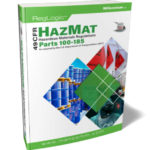 49 CFR Publications 49 CFR Publications |
 Lithium Battery Shipping Kit Lithium Battery Shipping Kit |
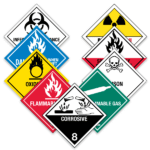 Hazard Class Labels Hazard Class Labels |

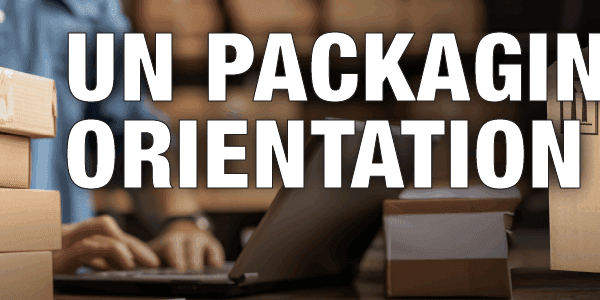
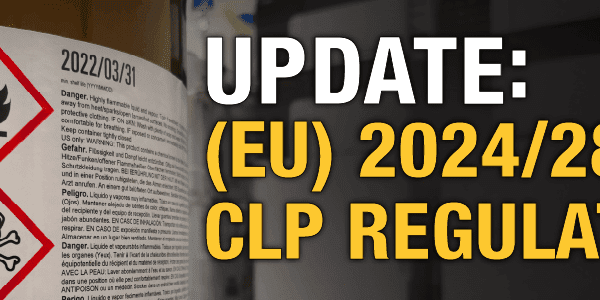
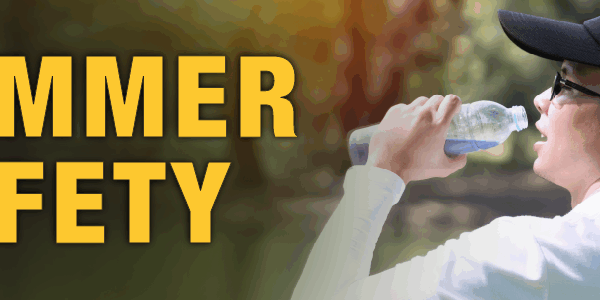


 ICC USA
ICC USA ICC Canada
ICC Canada